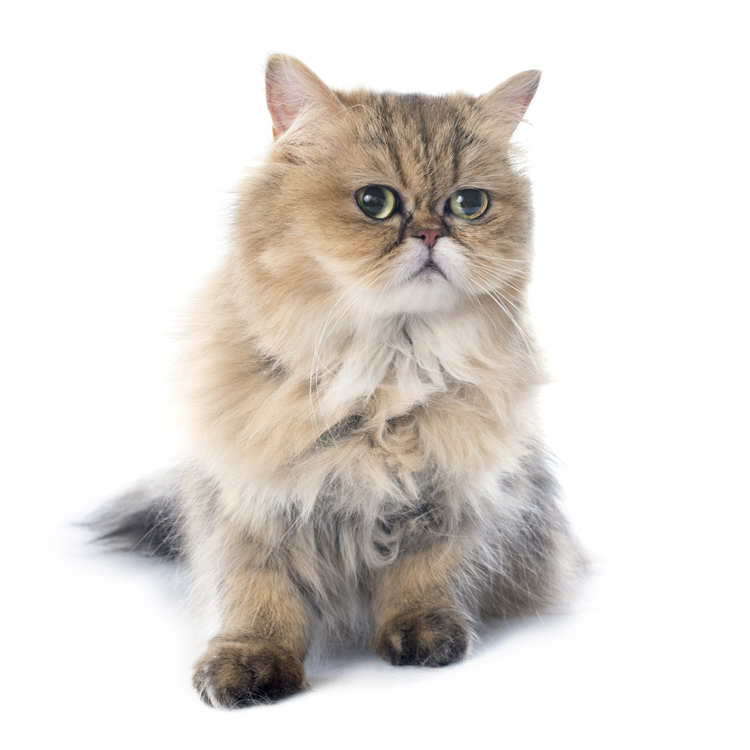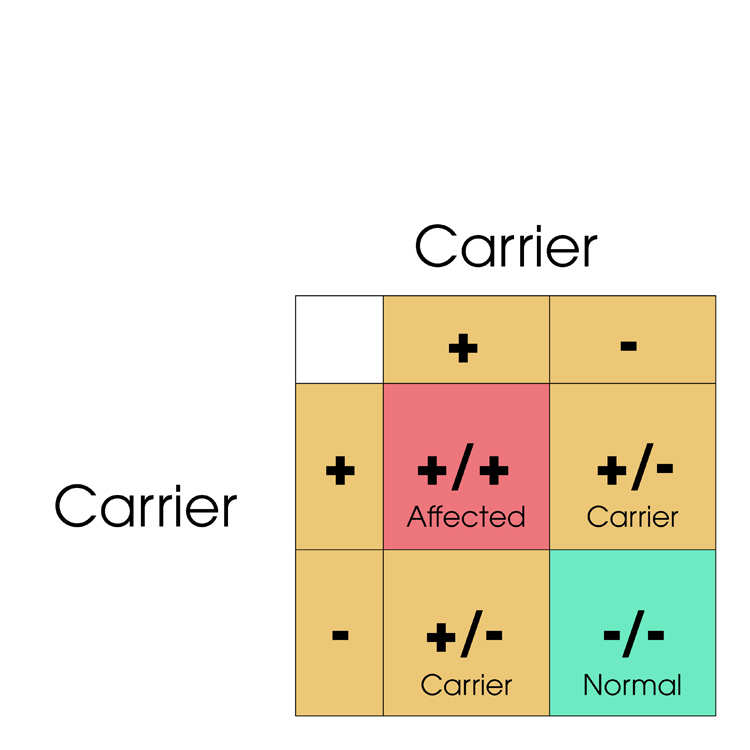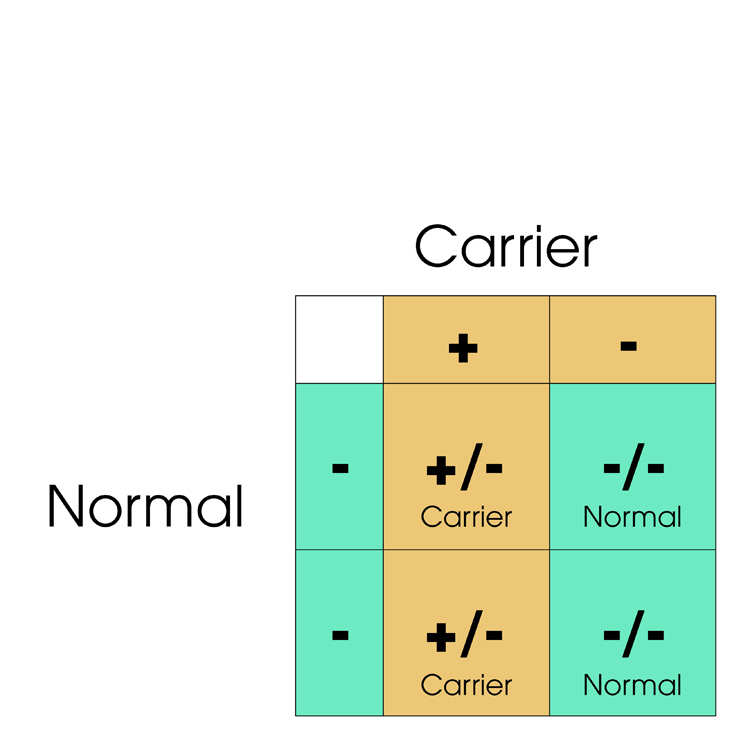About the disease
About the test
At the Molecular Diagnostic Unit, we have developed a PCR-based pyrosequencing assay to quickly and accurately identify the genetic mutation known to cause PRA in Persian and related breeds.
This assay will allow owners and breeders to identify Carrier cats and will enable them to inform breeding programmes to reduce Persian PRA in their kittens.
What breeds are at risk - Persian, Himalayan, Exotic Shorthair and Chinchilla. Other breeds with Persian ancestry may also be affected.
Interpretation of results
A Normal result on the Persian PRA genetic assay means that the cat does not have the genetic mutation. It is possible that some cats may go on to develop retinal atrophy due to other, as yet unidentified, genetic
mutations.
A Carrier result on the Persian PRA genetic assay means that the cat carries one copy of the genetic mutation. This cat is a Carrier of Persian PRA.
An Affected result on the Persian PRA genetic assay means that the cat carries two copies of the genetic mutation and will be affected by Persian PRA.
Each certificate we issue will specify whether the cat is Normal, Carrier or Affected for the Persian PRA mutation.
The gene test will help breeders decide whether or not to use cats for breeding. There is a 25% probability of two Carrier (Heterozygous) cats producing Affected (Homozygous) kittens. Breeding Carrier and Normal cats will produce around 50% Normal and 50% Carrier kittens.
This strategy can be used as part of a breeding programme to gradually eliminate the defective
gene from the affected populations.
What are the genetics of breeding?
What do I do with a Carrier?
Click here to download -





